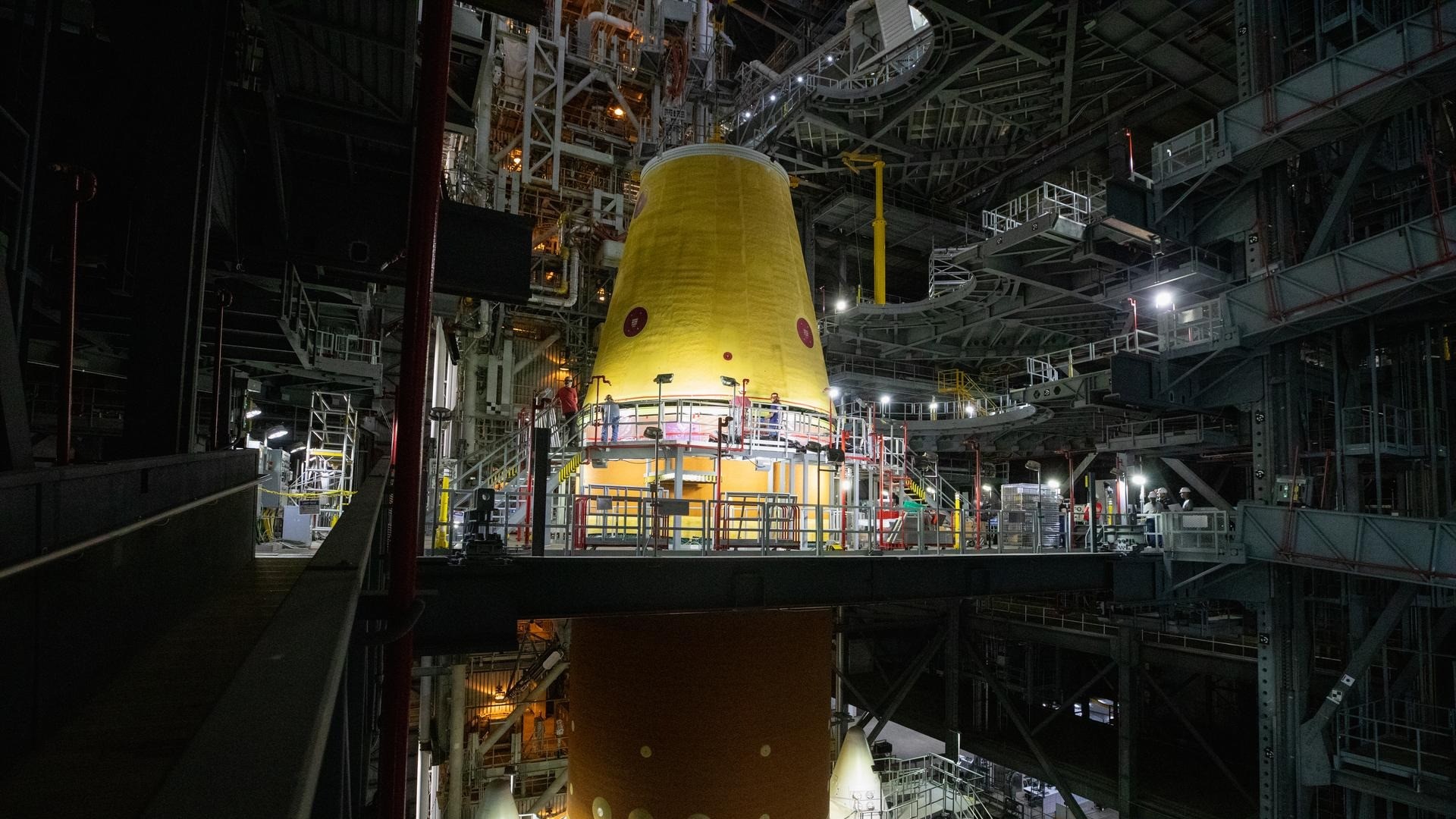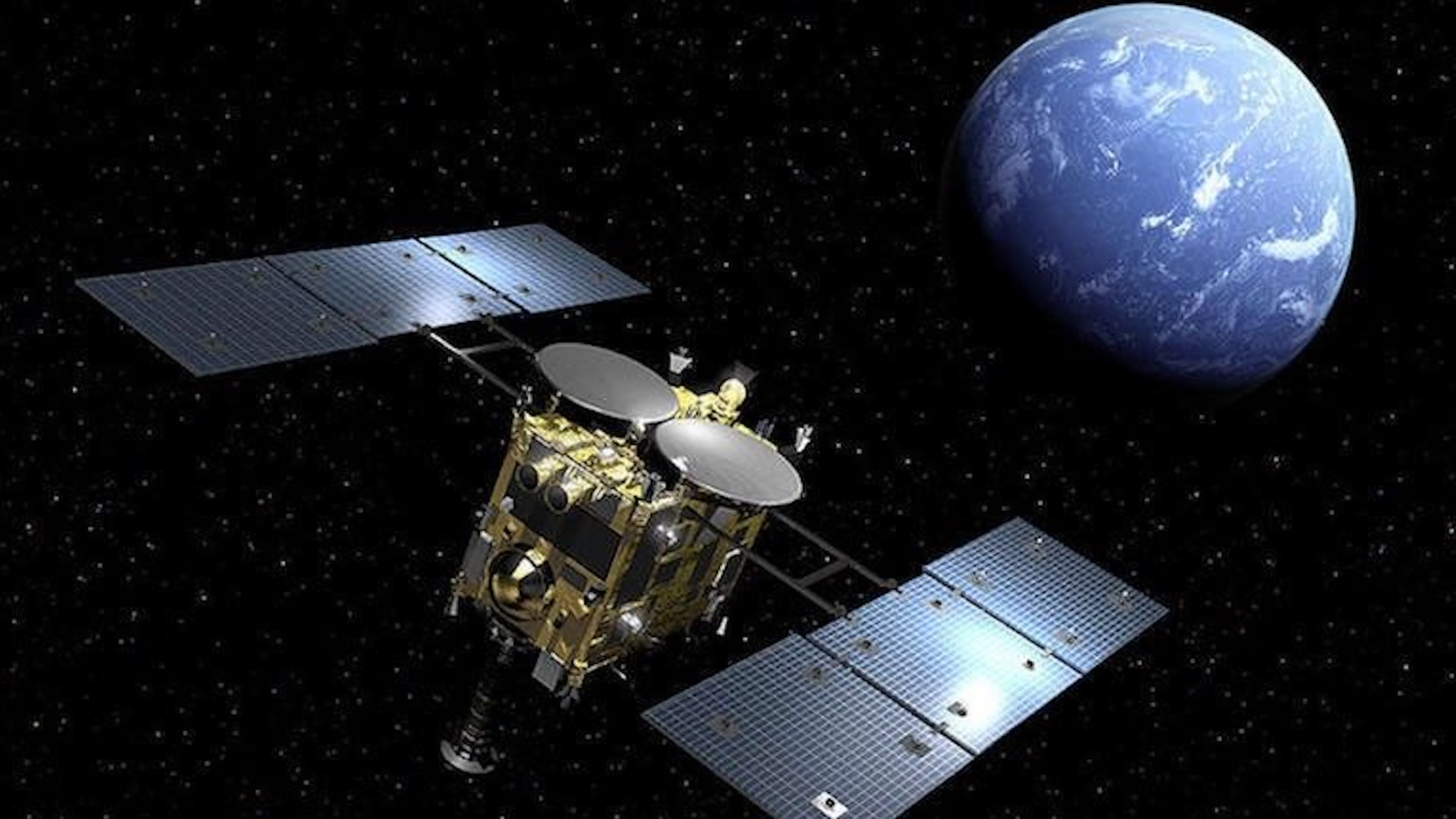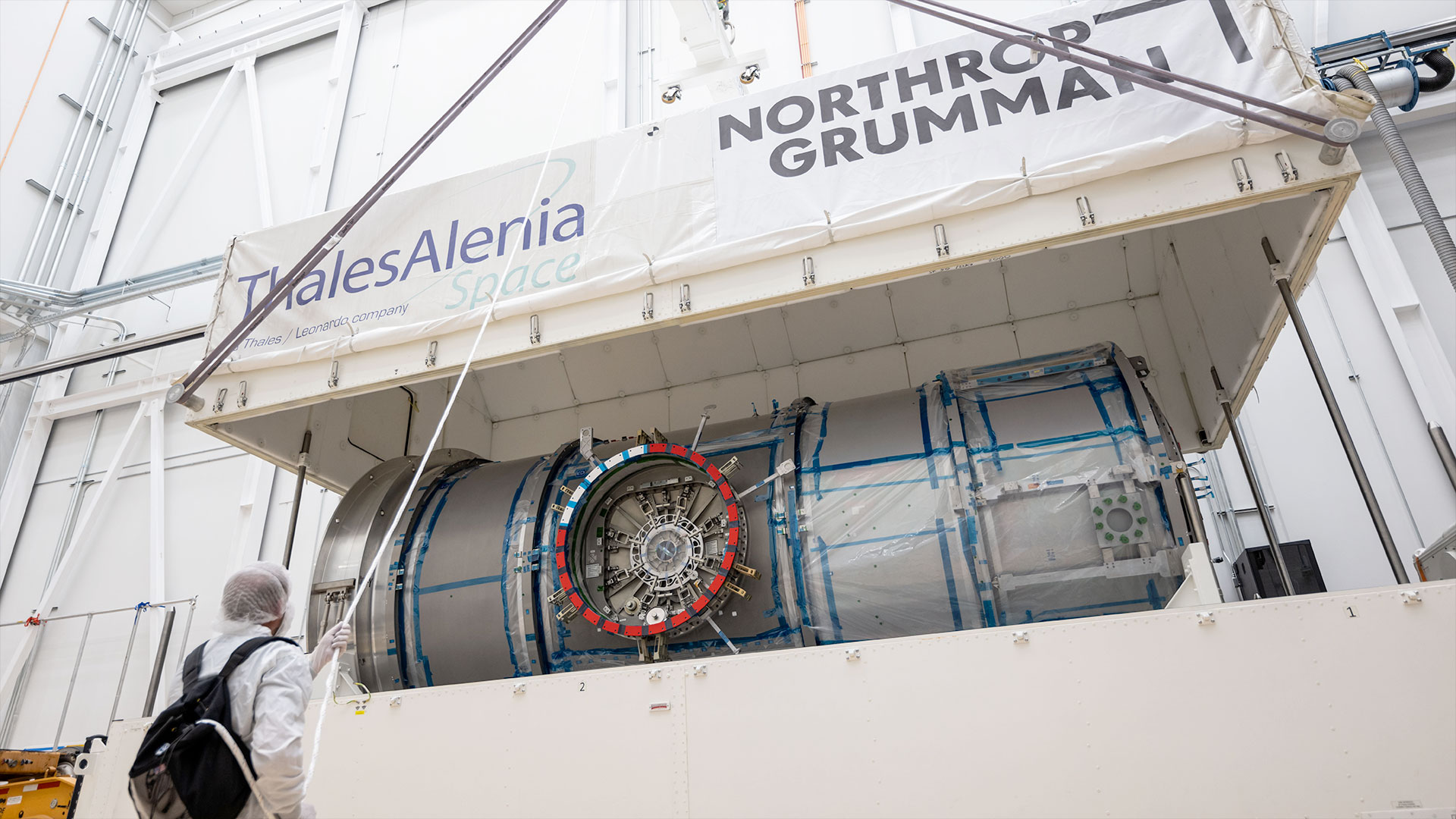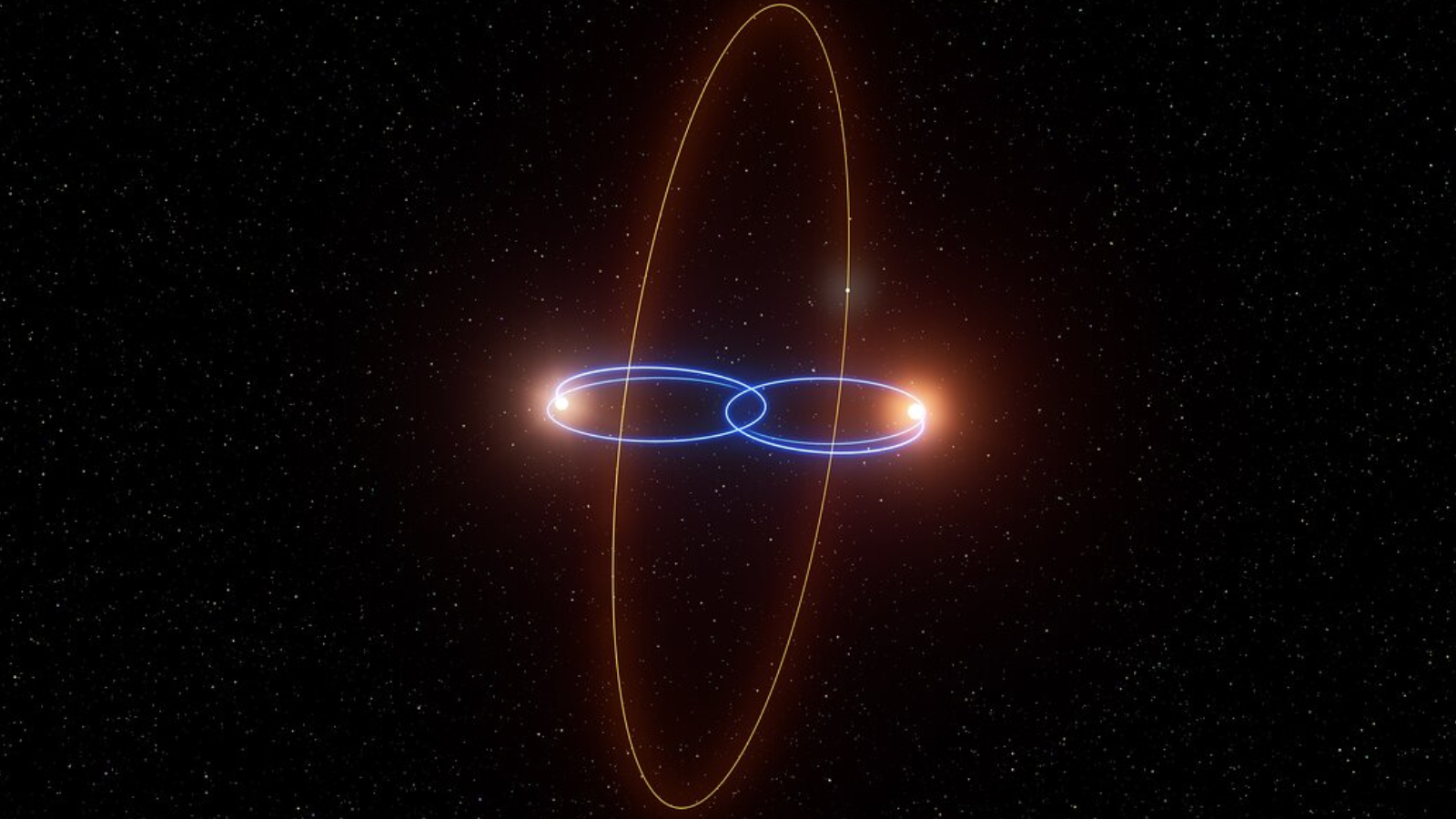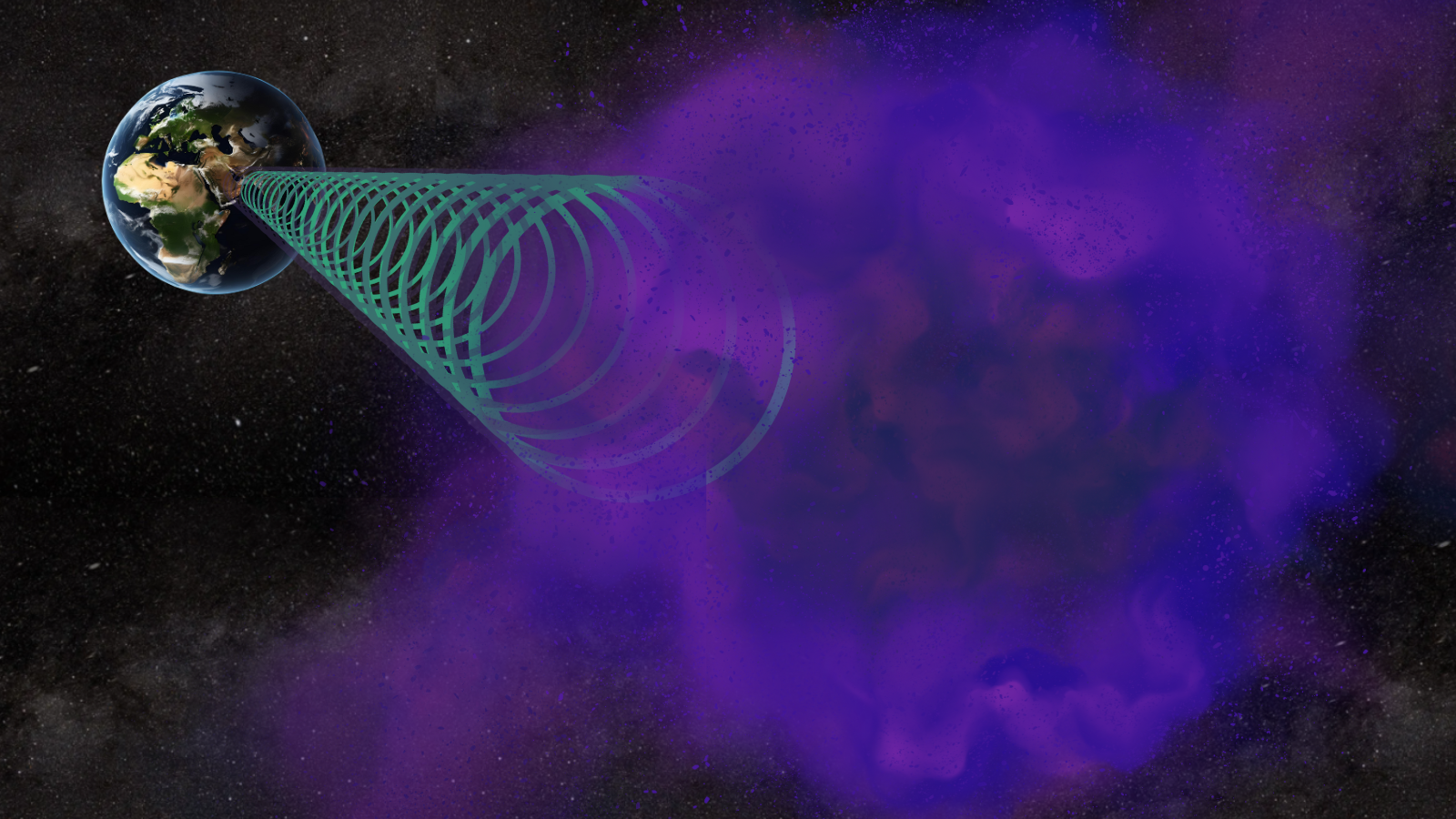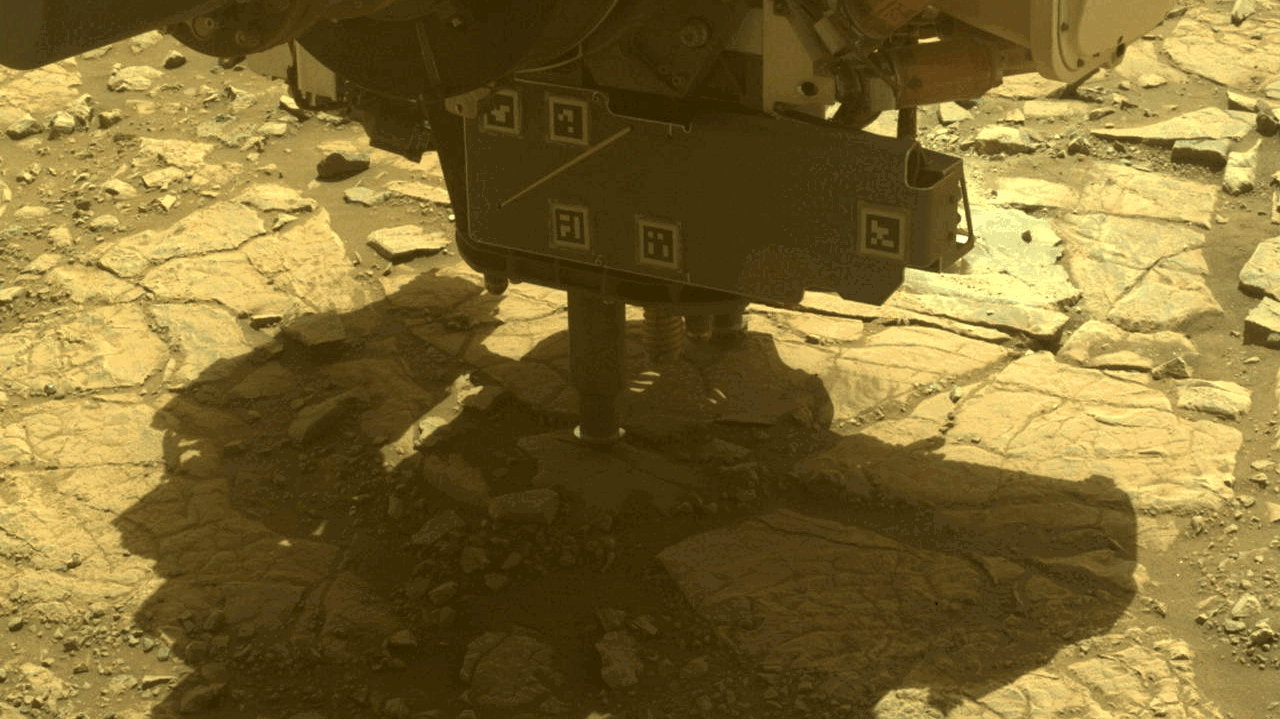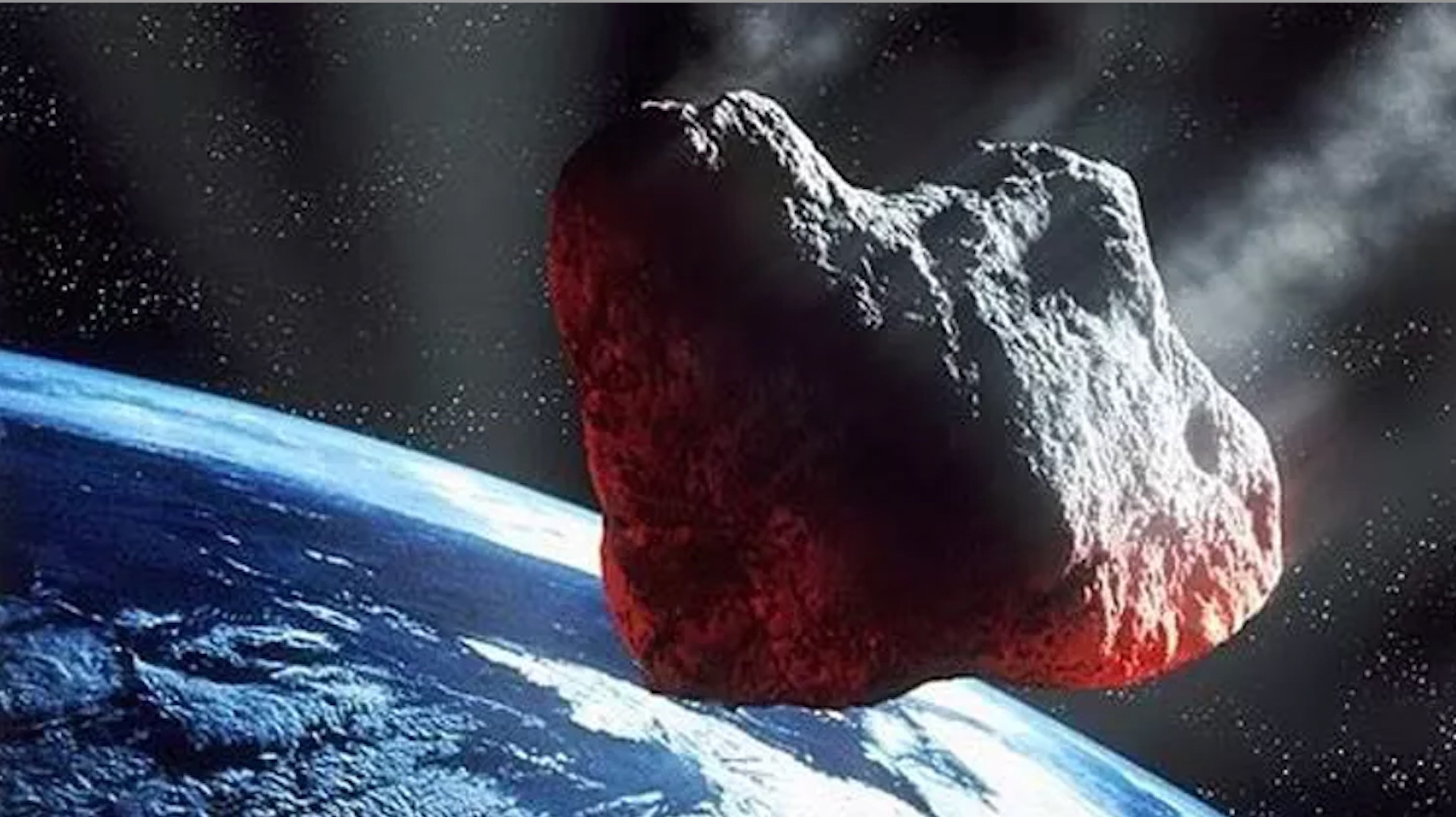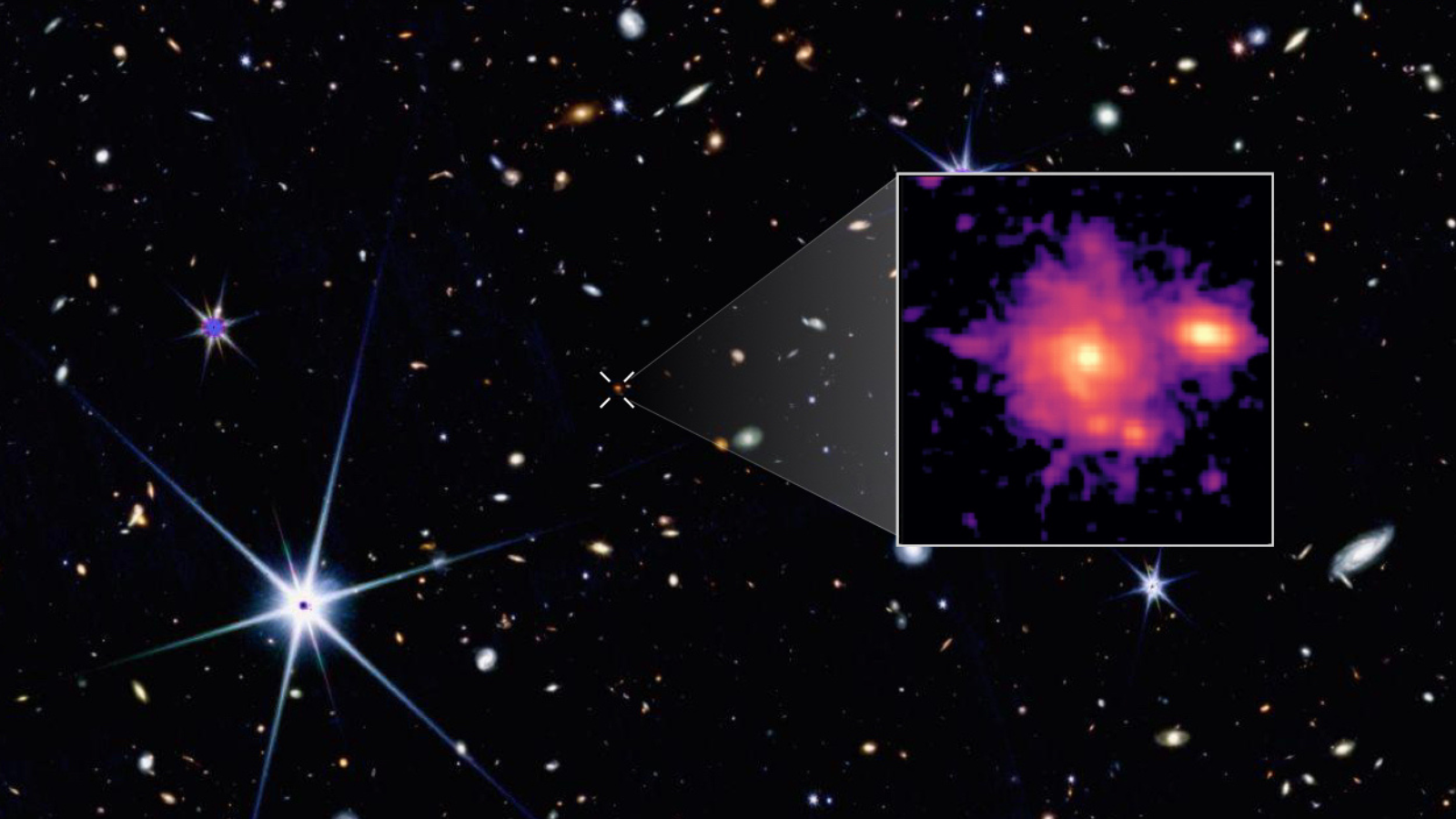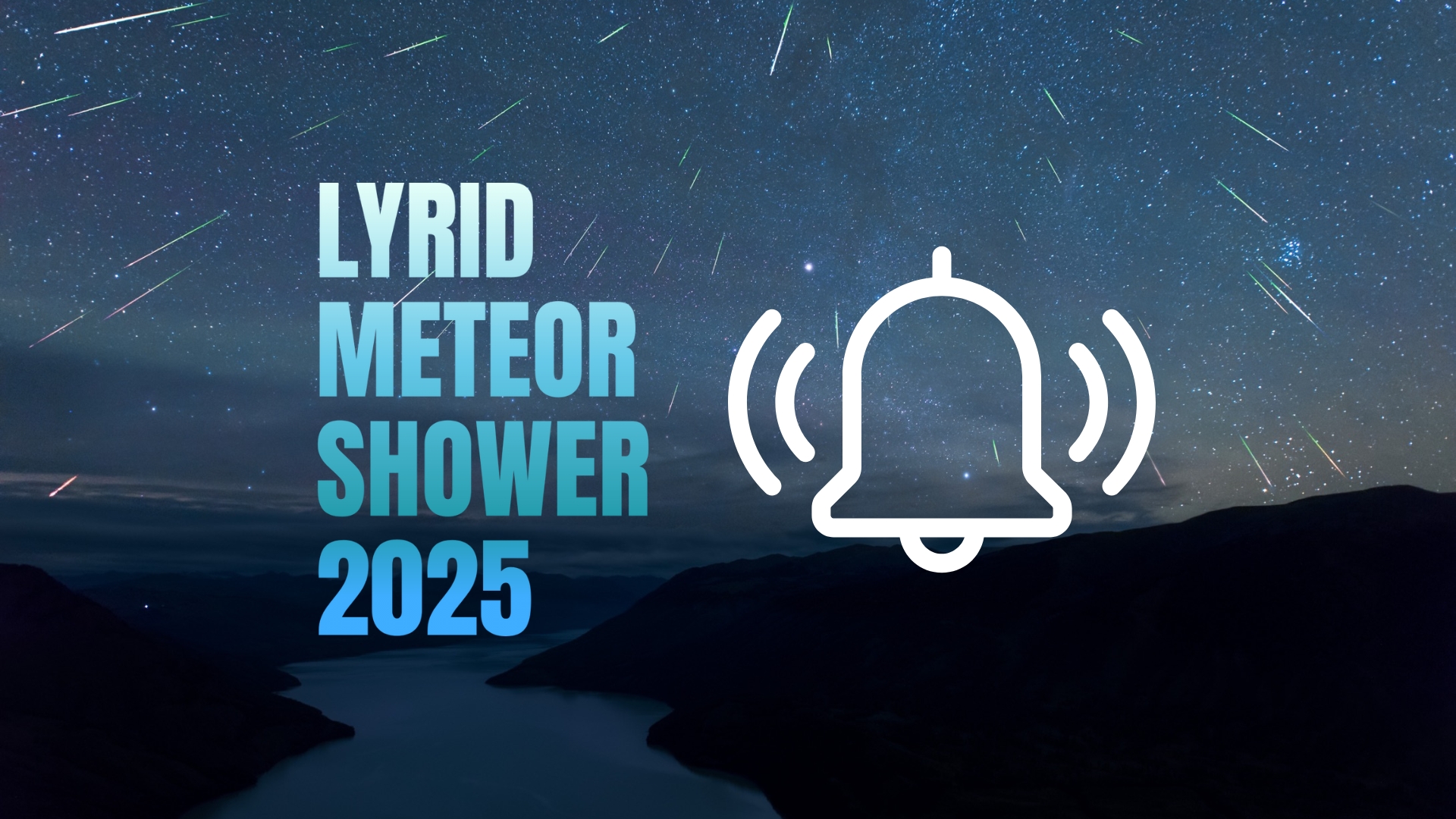NASA Artemis moon rocket mockup to stand alongside historic boosters at Alabama space museum
The renewed rocket park will also include a new amphitheater, greener guests areas and the Marshall Retirees Association's Space Exploration Memorial.
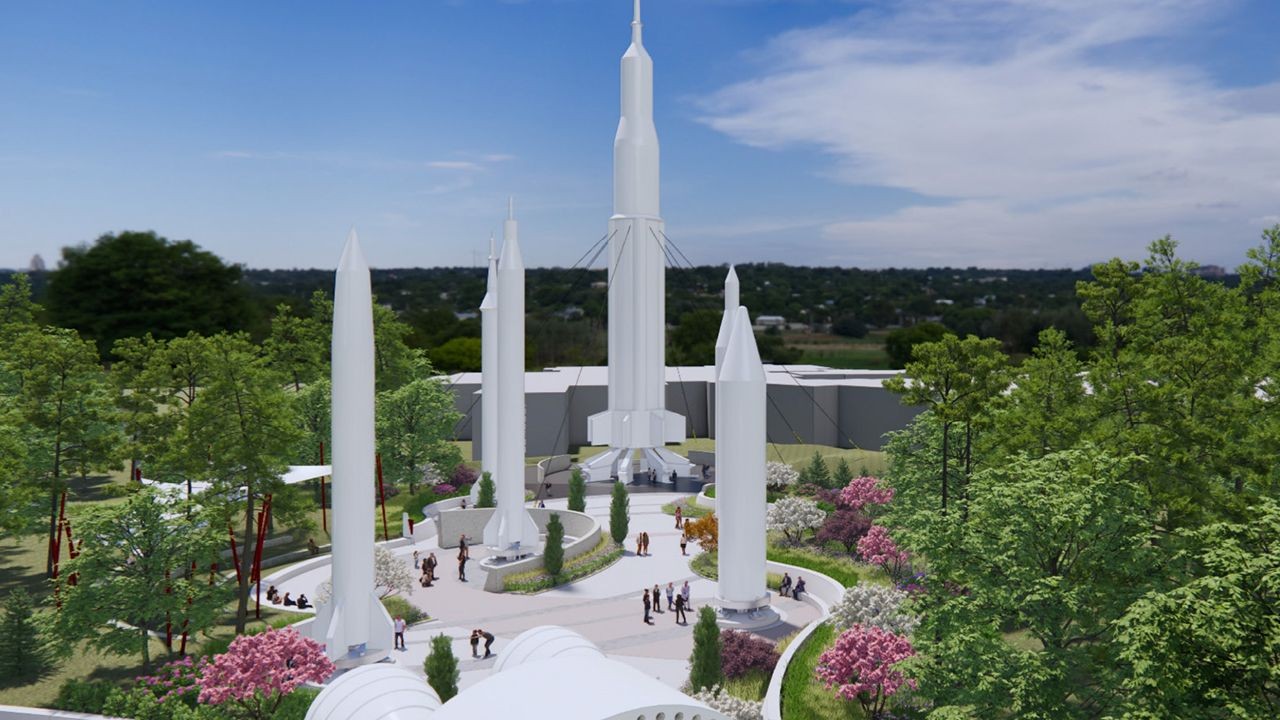
A full-scale mockup of the engine section of NASA's new monstrous moon rocket will soon stand among newly-restored historic boosters from the early years of the space program at the U.S. Space & Rocket Center (USSRC) in Huntsville, Alabama.
A ground breaking ceremony with state and local officials, as well as leaders from the nearby NASA Marshall Space Flight Center, was held Thursday morning (Aug. 3) celebrating the expansion and reconfiguration of the USSRC's Rocket Park, which has stood since 1965. In 2018, a number of the long-standing rockets were lowered and removed off property to be repaired and repainted.
"We are pleased to officially begin the important work of returning our collection of historic rockets to Rocket Park," Dr. Kimberly Robinson, CEO and executive director of the U.S. Space & Rocket Center, said in a statement. "These vehicles trace the origins of Huntsville's past and current role in rocketry, and this project is a cornerstone as we update and renew our campus for future generations to come."
Related: Space Launch System: NASA's megarocket for Artemis moon missions
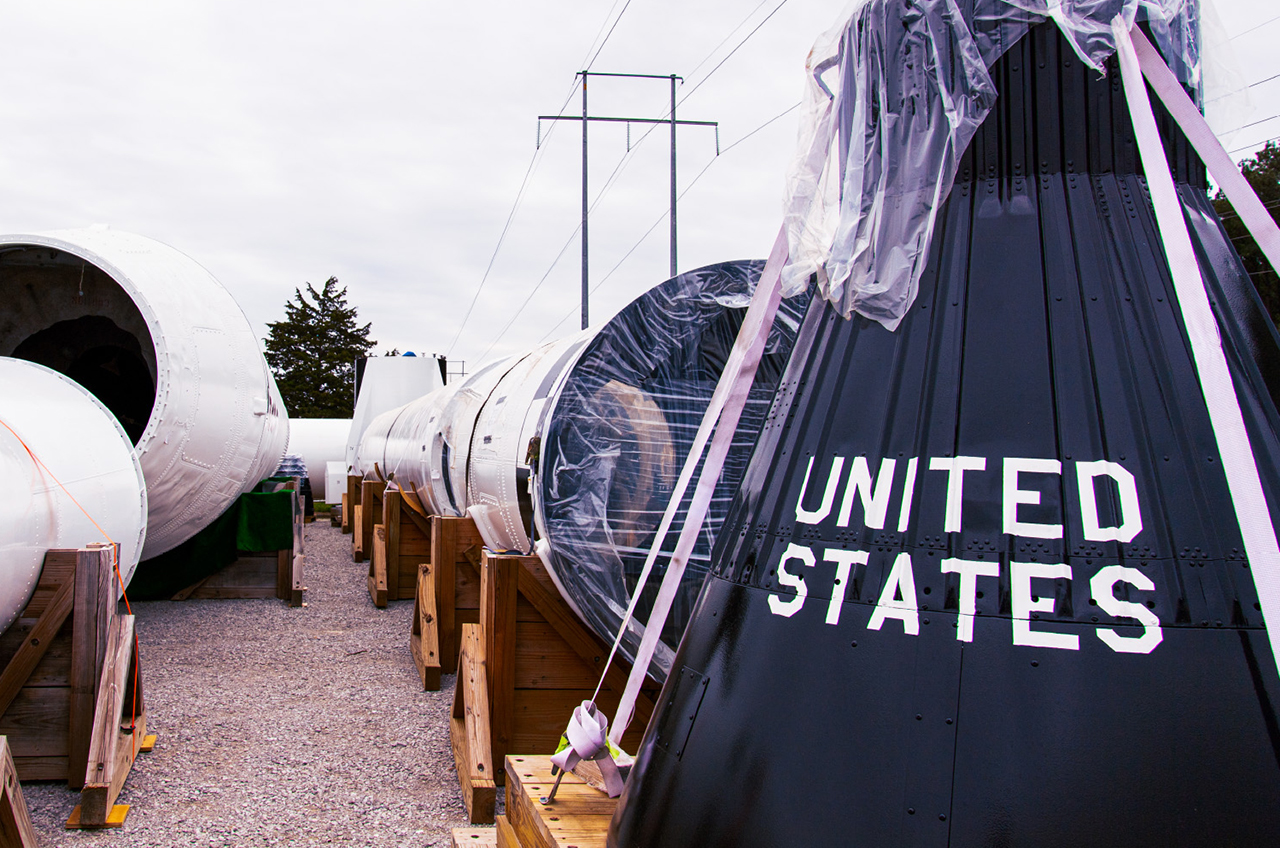
The renewed park will continue to feature the center's collection of Redstone-family rockets that led to the development of the Saturn I and, ultimately, the Saturn V that launched the first astronauts to the moon. The U.S. Army Redstone, Jupiter, Jupiter-C, Juno II, and Mercury-Redstone boosters were restored by Cosmos Aerospace of Cullman, Alabama.
Fred Luddy, founder of the cloud computing company ServiceNow and the father of a Space Camp attendee at the rocket center, donated $500,000 to restore the five historic rockets.
New to the park will be the engine section of NASA's Space Launch System (SLS) core stage pathfinder, an engineering simulator that was built to match the size, weight and center of gravity of the flight hardware. The pathfinder was used in 2019 at the Kennedy Space Center in Florida and at other NASA centers around the country for fit checks and to practice handling the actual core stages, which at full length towers 212 feet tall (65 meters) and is 27.6-foot (8.4-meter) in diameter.
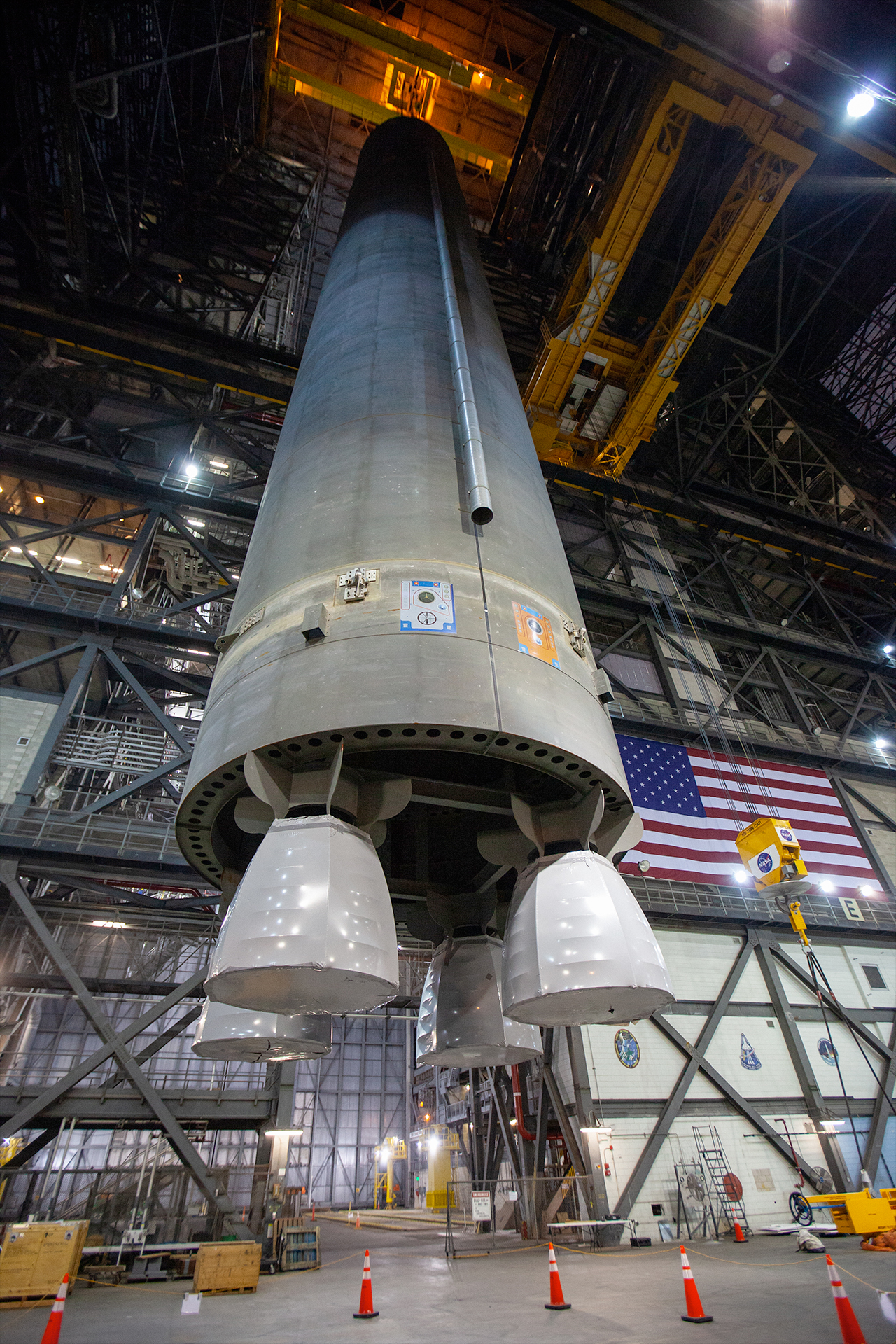
The SLS core stage holds the liquid oxygen and liquid hydrogen propellants that feed into the four RS-25 engines at its base. The complete SLS is comprised of a core stage and two side-mounted solid rocket boosters. For NASA's Artemis program, which has the goal of returning astronauts to the moon, the core stage is topped by an Orion crew spacecraft and its launch abort system tower.
The USSRC plans to use the pathfinder's engine segment to illustrate the massive size of the SLS vehicle and help tell the story of Huntsville's current and ongoing role in the United States' space exploration efforts.
The renewed rocket park will also include a new amphitheater for educational and community events, greener guests areas and the Marshall Retirees Association's Space Exploration Memorial. The new wall will recognize and honor the tens of thousands of people whose work at the Marshall Space Flight Center and at local area companies made the U.S. space program possible.
There are plans for an interactive kiosk to be built alongside the Space Exploration Memorial where visitors can search names found on the monument and learn more about that person's specific contributions to the advancement of spaceflight.
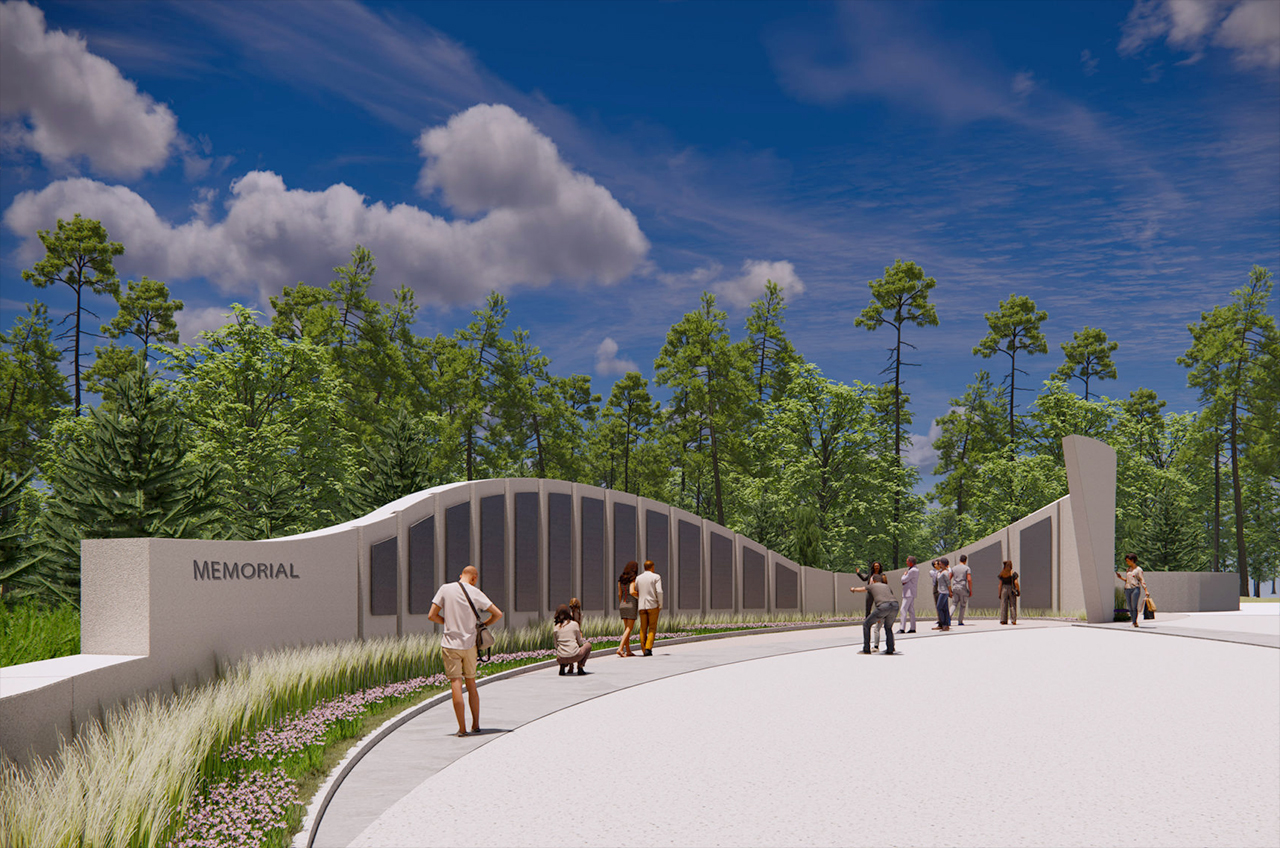
The new Rocket Park along with the Space Camp Operations Center that opened in May are part of an ongoing renewal of the USSRC campus. Work is also underway on restoring the center's display of the space shuttle Pathfinder (not be confused with the SLS core stage pathfinder).
The U.S. Space & Rocket Center, a Smithsonian Affiliate, includes the Davidson Center for Space Exploration, which displays one of three remaining Saturn V rockets and the world's only vertical mockup of the moon rocket. The rocket center is the official visitor center for Marshall Space Flight Center and is home to U.S. Space Camp.
Follow collectSPACE.com on Facebook and on Twitter at @collectSPACE. Copyright 2023 collectSPACE.com. All rights reserved.
Get the Space.com Newsletter
Breaking space news, the latest updates on rocket launches, skywatching events and more!
Join our Space Forums to keep talking space on the latest missions, night sky and more! And if you have a news tip, correction or comment, let us know at: community@space.com.

Robert Pearlman is a space historian, journalist and the founder and editor of collectSPACE.com, a daily news publication and community devoted to space history with a particular focus on how and where space exploration intersects with pop culture. Pearlman is also a contributing writer for Space.com and co-author of "Space Stations: The Art, Science, and Reality of Working in Space” published by Smithsonian Books in 2018.In 2009, he was inducted into the U.S. Space Camp Hall of Fame in Huntsville, Alabama. In 2021, he was honored by the American Astronautical Society with the Ordway Award for Sustained Excellence in Spaceflight History. In 2023, the National Space Club Florida Committee recognized Pearlman with the Kolcum News and Communications Award for excellence in telling the space story along the Space Coast and throughout the world.

